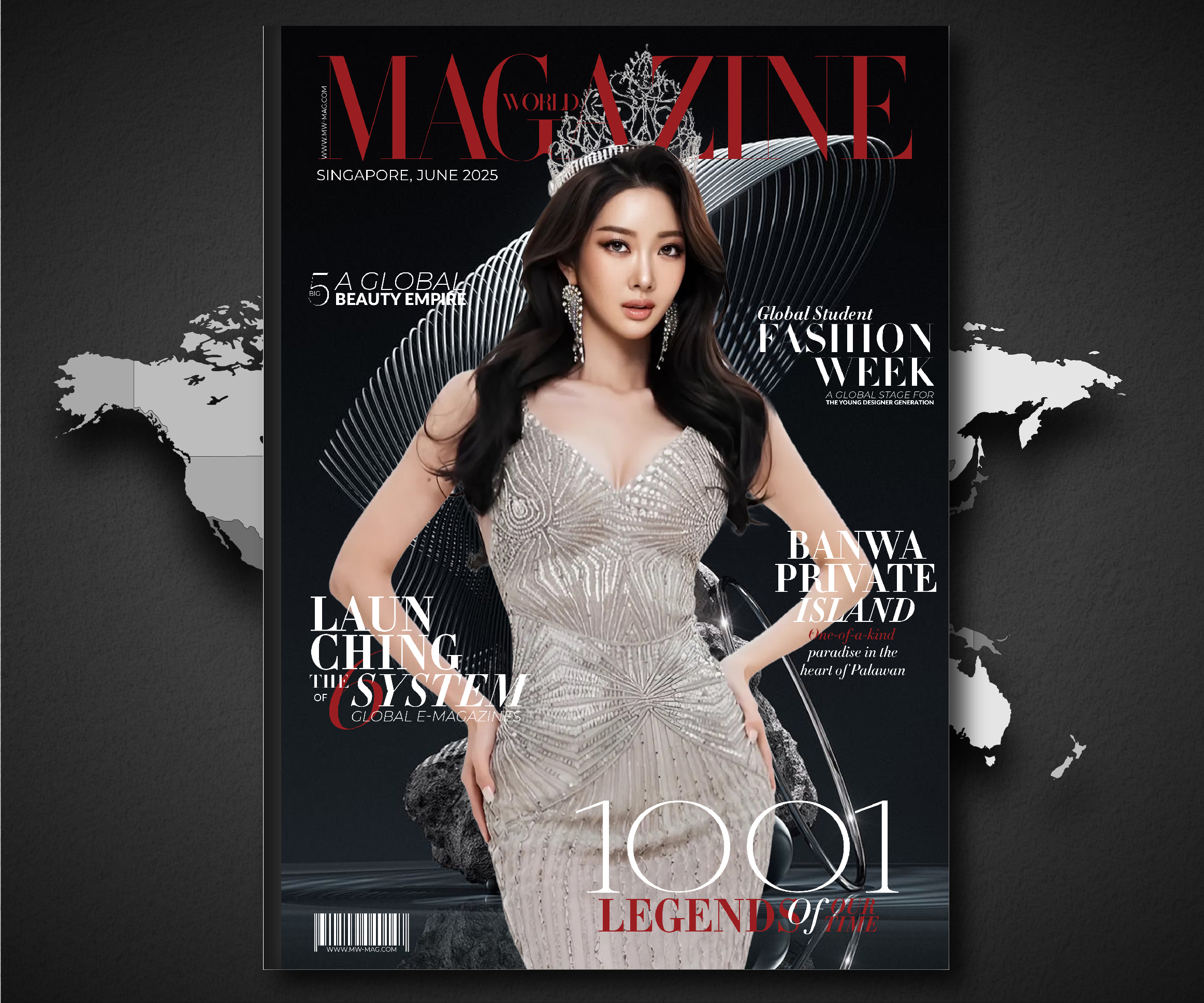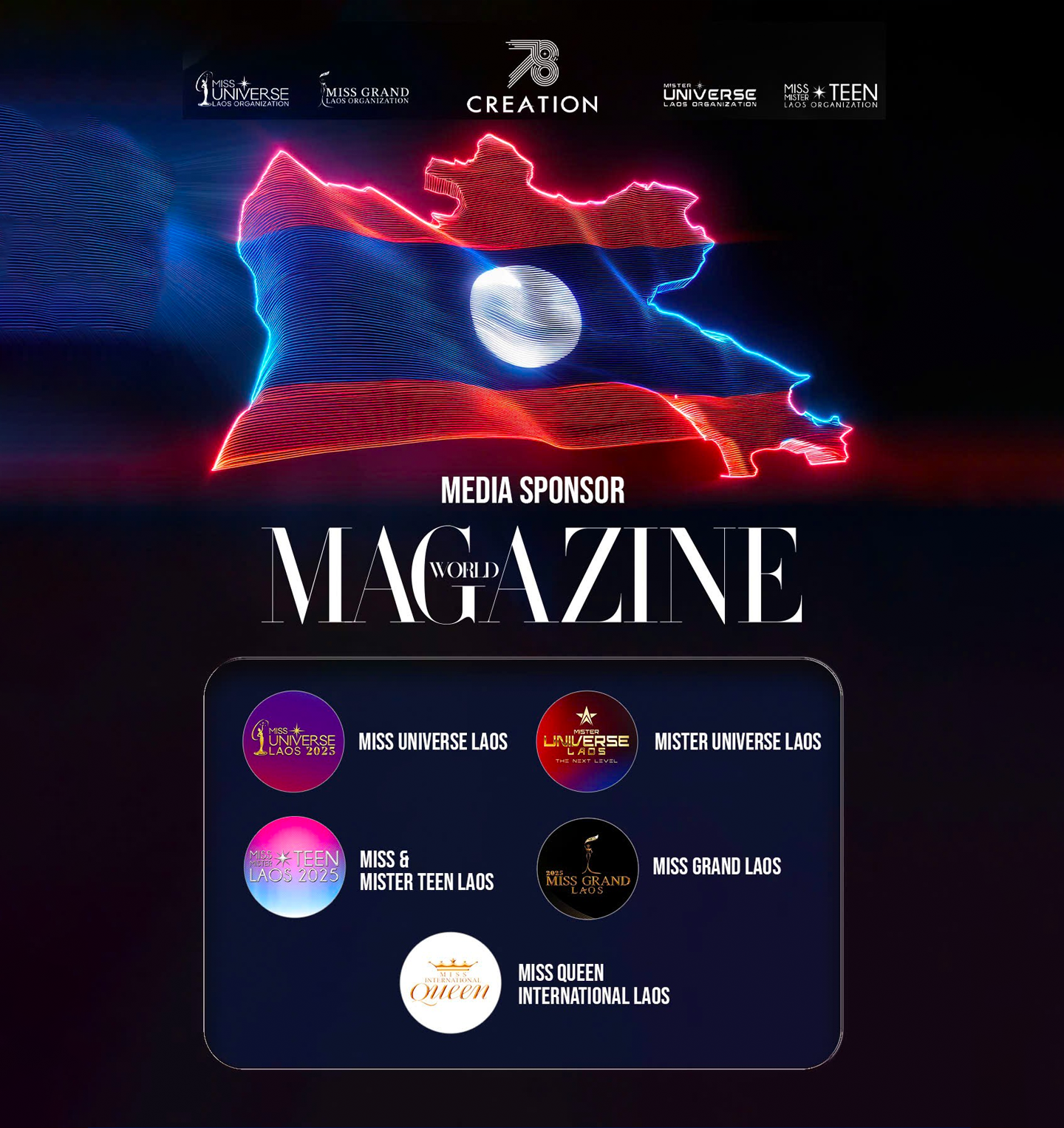For decades, the tailored suit symbolized rigid corporate armor, a uniform of sharp angles and enforced structure. Yet, in his spectacular Fall/Winter 2025 “Roots” collection, Giorgio Armani—the maestro who first deconstructed the blazer in the 1970s—re-introduced a profoundly sensual and relaxed vision of tailoring: Louche Suiting. The term, suggestive of a decadent, slightly disreputable air, captures the essence of this new elegance. It is a confident rejection of the fitted and the fussy, championing an unstructured silhouette where jackets gently slope and trousers flow with a languid grace. Driven by sumptuous materials like velvet and cashmere, this trend offers a sophisticated blend of formal attire and casual ease. It is the perfect attire for the modern individual who commands respect through quiet confidence, embracing individuality and refinement over constraint and imposition.
The New Structure: Softness as Subversion
The foundation of the Louche Suiting trend rests on the principle of unstructured elegance. Giorgio Armani’s original innovation lay in stripping away the padding and rigid lining of traditional tailoring, and for Fall 2025, he returned to this house code with renewed conviction. The jacket, the very core of the suit, is completely redefined; it is an item meant to envelop and comfort the body rather than constrict it.
The new jacket silhouette is characterized by gently sloping shoulders and a fluid drape that allows for maximum ease of movement. Many iterations featured a collarless or softly rolled lapel design, which instantly removes the stiffness associated with conventional business attire. This unstructured approach signals an intentional shift in attitude: power is no longer derived from visible, stiff construction, but from the wearer’s inherent confidence and comfort. By prioritizing material and flow over shape, Armani proves that true sophistication lies in the ability to remain completely at ease, even in the most formal of garments.
The Art of the Drape: Volume on the Lower Half
Central to achieving the ‘louche’ aesthetic is the dramatic re-proportioning of the trouser. Where tailored pants have long favored a slim or straight cut, the Fall 2025 suit introduces volume and movement on the lower half, allowing the fabric to pool and drape elegantly. This decision injects a layer of sensuality and comfort that was previously absent in the tailored repertoire.

Many of Armani’s trousers featured an exaggerated wide-cut or parachute silhouette, appearing blousy and roomy at the hip and thigh before often cinching subtly at the ankle. This unique shape creates a soft, almost painterly vertical pleat as the wearer moves, enhancing the fluid, relaxed elegance of the whole look. This loose movement is also a key feature in collections from designers who followed suit, where loosely slung trousers balanced out more structured jacket elements. The effect is entirely deliberate: it nods to a slightly rebellious, early-era Hollywood style—think of the effortless swagger of a silver screen icon—where one looks impeccably dressed but entirely comfortable, having seemingly “borrowed from the men’s department” without losing an ounce of sophistication.
Fabric Supremacy: A Touch of Decadence
The tactile experience is paramount in Louche Suiting. This aesthetic cannot be achieved with crisp, stiff wools; it demands fabrics that are inherently soft, dense, and luxurious enough to collapse beautifully against the body. For Fall/Winter 2025, the collections were a masterclass in material decadence, ensuring that elegance is always a lived experience, not a visual imposition.

Giorgio Armani’s “Roots” collection was dominated by cashmere, fine wools, plush velvet, and jacquard silks. These noble materials not only provide essential warmth but also allow the unlined, unstructured garments to achieve their signature languid drape. The richness of velvet jackets or the comforting softness of cashmere trousers elevate the look, giving even the most basic suit pieces a palpable, three-dimensional quality. This “softness supremacy” is what truly distinguishes the louche suit from standard relaxed tailoring, reinforcing the idea of a luxury that is felt and lived in, rather than merely seen.
The Stormy Palette: Louche in Gray and Greige
The visual tone of the Louche Suiting trend is set by a restrained and nuanced color palette, favoring subtle shades that reinforce the understated elegance of the design. The most potent shade for this trend is stormy gray. This mid-grey, a signature hue in the Armani canon, was shown across the runways, defining the contemporary winter wardrobe.
The palette extended to a range of sophisticated earth tones—sandy beiges, chocolate browns, and a blend of gray and beige known as greige. These muted, natural colors prevent the loose tailoring from appearing messy, instead grounding it in quiet refinement. While the base remained restrained, moments of brilliance were introduced through “precious touches” of deep jewel tones, such as ruby red, emerald green, and a classic deep Armani blue, often appearing in accessories or the lining of a coat. This restrained color story ensures the focus is always on the quality of the fabric and the mastery of the drape, proving that understated luxury is often the most impactful.
Styling the Nonchalant Edge: From T-Shirt to Tie
To truly embody the louche attitude, the tailoring must be styled with a deliberate lack of buttoned-up perfection—a blend of the formal and informal that feels confident and unstudied. The key is nonchalance.
The accessories and layering choices are vital. Designers styled the suits with soft elements underneath, such as simple tonal T-shirts or ethereal, sheer blouses, replacing the traditional starched button-down. When a tie was used, it was often deliberately worn loose—a “school-scruff” aesthetic suggesting ease rather than corporate conformity. Footwear was equally relaxed: heavy brogues, chunky loafers, or even contemporary flat boots with soft movement, providing a sturdy, confident balance to the loose trousers. Completing the look were accessories that added personality without rigidity, such as unstructured bags, oversized scarves, or sculptural chokers, confirming that the modern suit is an exploration of individuality, free from convention.





